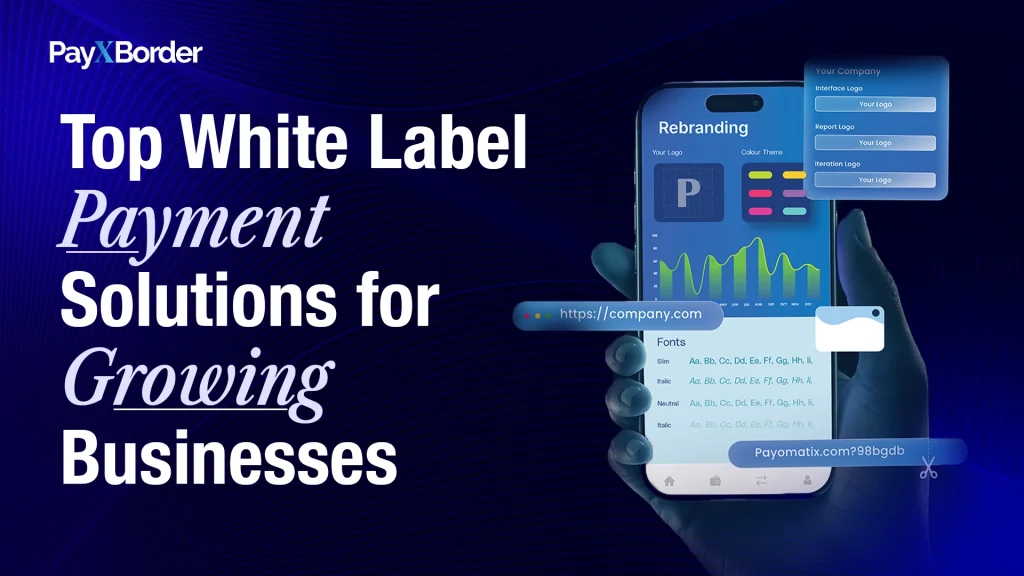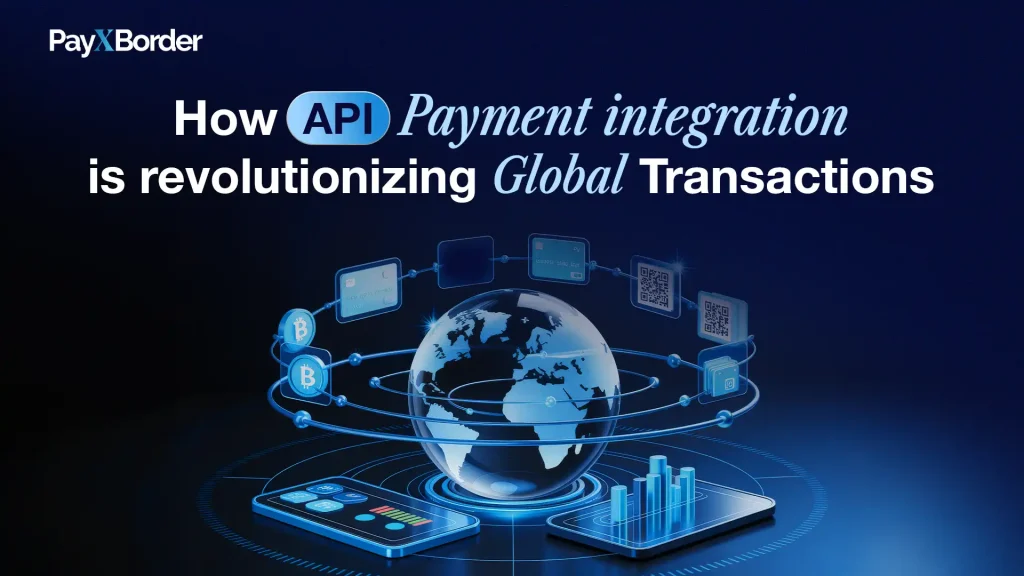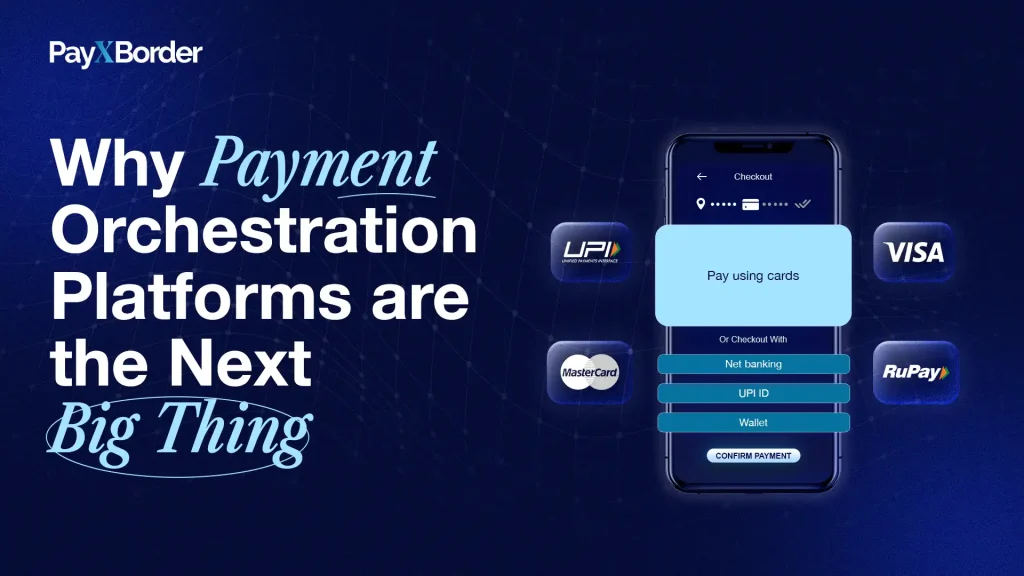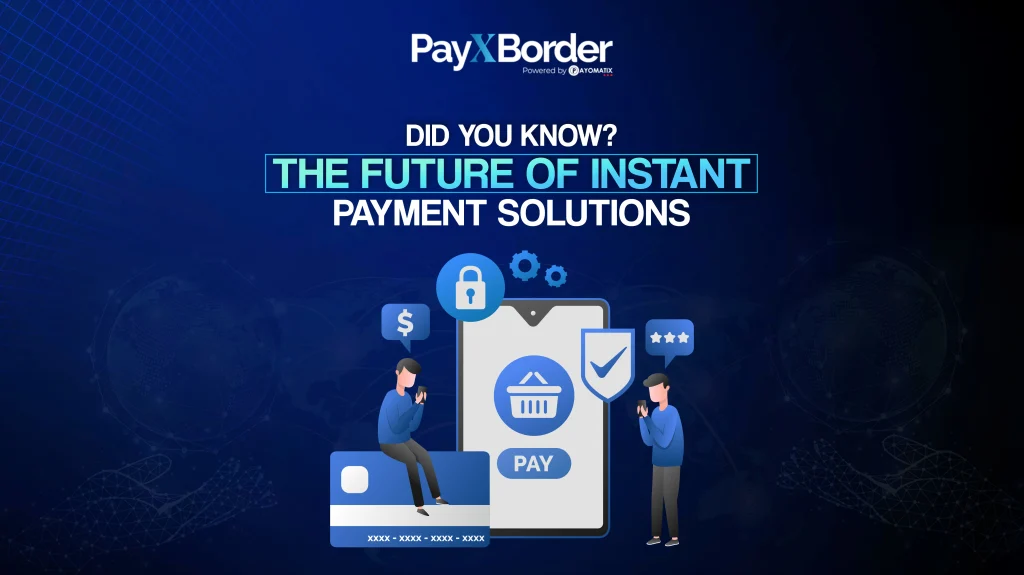© 2024 PayXborder by Payomatix. All rights reserved.
- Home
- Blogs
Your Trusted Partner for Cross Border Remittances
Expert Insights on Cross-Border Transactions, Global Remittances, and Secure Financial Solutions.
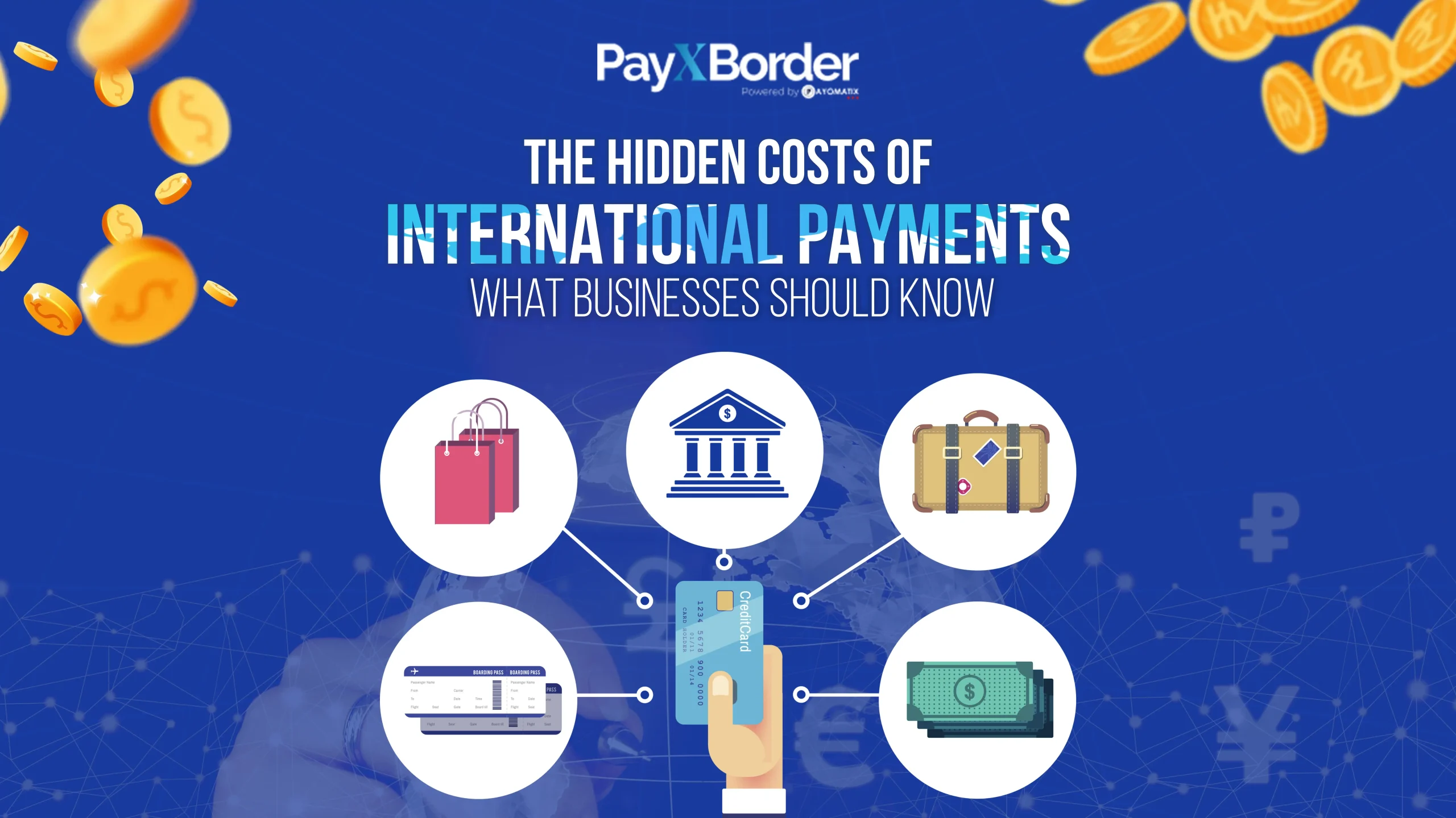
The Hidden Costs of International Payments: What Businesses Should Know
In today’s increasingly globalized economy, cross-border transactions have become the lifeblood of many businesses. Whether you’re a small e-commerce company shipping products internationally or a large corporation managing multiple global suppliers, the ability to send and receive payments across borders is critical. However, many businesses underestimate the complexities and hidden costs associated with international payments. These hidden costs can quietly erode profits and make global expansion more challenging than anticipated.
In this blog post, we’ll explore the hidden costs of international payments, their significance in the cross-border payments industry, the challenges businesses face, and potential solutions to minimize these financial drains.
Why Are Hidden Costs a Problem in International Payments?
When businesses make cross-border transactions, the costs often go beyond the upfront fees advertised by financial institutions or payment platforms. Several factors contribute to these hidden costs, including foreign exchange (FX) rates, intermediary bank fees, and compliance-related expenses. Without a clear understanding of these hidden charges, businesses may find themselves paying significantly more than expected for global payments.
Hidden costs can have a ripple effect on your company’s finances, including:
- Reduced Profit Margins: If costs per transaction are higher than planned, this can impact overall profitability.
- Pricing Challenges: When hidden fees are unpredictable, it becomes difficult to price goods and services for international markets competitively.
- Cash Flow Issues: Delays in cross-border payments due to intermediary processes can affect your cash flow, creating operational difficulties.
Common Hidden Costs in International Payments
- Foreign Exchange (FX) Markups: One of the most significant hidden costs in international payments comes from currency exchange. Banks and payment service providers often add a markup to the mid-market exchange rate. While this markup may seem small—sometimes less than 1%—the cumulative effect can add up to substantial costs over time, especially for businesses handling large transaction volumes.
- Intermediary Bank Fees (Correspondent Banking): When sending payments across borders, especially through traditional banking systems, the money may pass through one or more intermediary banks before reaching the final destination. Each of these intermediary banks can charge a fee for processing the payment, and these fees are often not transparent at the time of the transaction. The result? Your business might be left footing a bill for additional, unexpected charges.
- Payment Processing Fees: Beyond currency exchange and intermediary fees, many financial institutions charge flat fees for initiating or receiving international payments. These fees can range anywhere from $10 to $50 per transaction, which can add up quickly for businesses that process multiple transactions daily.
- Compliance and Regulatory Costs: Compliance with anti-money laundering (AML), know-your-customer (KYC), and other regulations can introduce added costs. For businesses, this often means spending more on legal, administrative, and compliance measures. These costs may not always be visible upfront but can impact both time and financial resources in the long term.
- Payment Delays: While not a direct financial cost, delays in international payments can be highly disruptive, especially for businesses relying on efficient supply chains. When payments are delayed due to intermediary bank processes or local banking holidays, businesses may face penalties or strained relationships with vendors and partners. Moreover, payment delays can cause cash flow problems, forcing businesses to seek costly short-term financing solutions.
Impact of Hidden Costs on Global Trade and Finance
Hidden costs in international payments can have a profound impact on global trade and finance, particularly for small- and medium-sized enterprises (SMEs). Unlike large corporations, which may have the financial resources to absorb these fees, SMEs often operate on thinner margins. These hidden costs can directly affect their competitiveness in global markets, making it harder for them to price products competitively or invest in further growth.
Additionally, the lack of transparency in international payment processes can damage trust between businesses and their international partners. For example, a supplier might experience frustration if they consistently receive payments that are short due to unexpected bank fees. Over time, these issues can erode trust and strain business relationships.
Current Trends and Challenges in Cross-Border Payments
The cross-border payments landscape is rapidly evolving, but businesses still face several key challenges:
- Lack of Transparency: One of the most significant challenges is the lack of transparency in fees. Businesses often struggle to get a clear picture of the total costs involved in sending money abroad.
- Slow Payment Processing: Traditional banking systems are known for slow payment processing, which can take several days to complete, particularly when dealing with multiple currencies and banking systems.
- Regulatory Complexity: As global trade expands, businesses must navigate a patchwork of regulatory requirements that vary by country, adding another layer of complexity to cross-border payments.
However, new trends are emerging that aim to address these challenges:
- Fintech Innovations: Fintech companies are leading the charge in disrupting traditional banking by offering more transparent, faster, and lower-cost alternatives for international payments. These platforms are leveraging blockchain technology, real-time payment networks, and more efficient FX management tools to eliminate many of the hidden costs.
- Payment Hubs and Aggregators: Payment hubs that centralize and streamline the payment process, like PayXborder, are becoming increasingly popular. These platforms consolidate the various steps in international transactions, offering businesses greater transparency, lower fees, and faster payments.
Potential Solutions for Minimizing Hidden Costs
Businesses looking to reduce the hidden costs of international payments should consider the following strategies:
- Choose the Right Payment Partner: Partner with payment providers that prioritize transparency and offer clear breakdowns of fees, FX rates, and intermediary costs. Solutions like PayXborder, for example, provide businesses with real-time visibility into transaction fees and rates.
- Negotiate Fees: For businesses that process high volumes of cross-border transactions, it’s possible to negotiate lower fees with payment providers. Many financial institutions and payment platforms are willing to reduce fees for businesses that can guarantee regular, high-volume transactions.
- Use Multi-Currency Accounts: Multi-currency accounts allow businesses to hold funds in different currencies, reducing the need for frequent currency conversions and thereby minimizing FX costs.
- Monitor Exchange Rates: Being aware of exchange rate fluctuations and planning transactions when rates are most favorable can help mitigate FX losses. Some businesses even work with FX specialists to secure better rates.
Conclusion
Understanding the hidden costs of international payments—such as FX markups, intermediary fees, and compliance expenses—is crucial for businesses aiming to succeed globally. These charges can erode profits, but by using modern fintech solutions and transparent partners, companies can reduce costs and optimize payment processes. In today’s connected world, efficient cross-border payment management is key to staying competitive.
Take control of your international payments with PayXborder. Streamline transactions, improve transparency, and cut fees. Sign up for our newsletter to stay informed on global payment trends!

